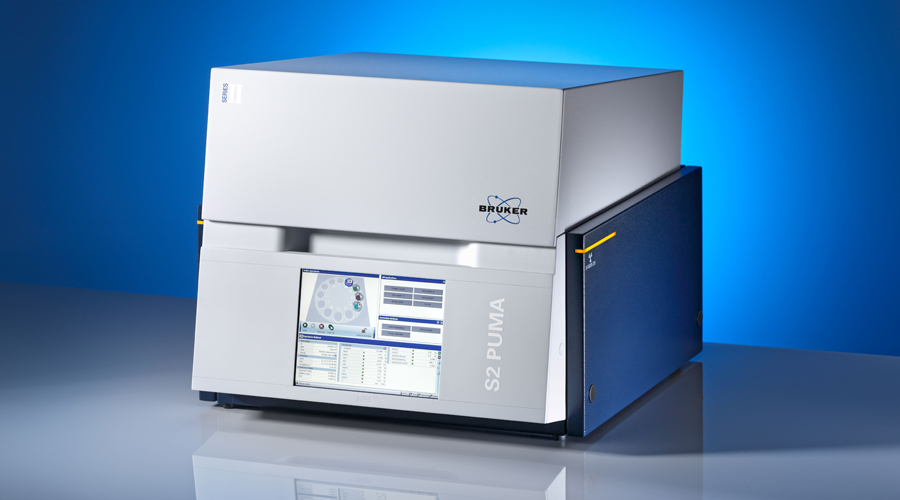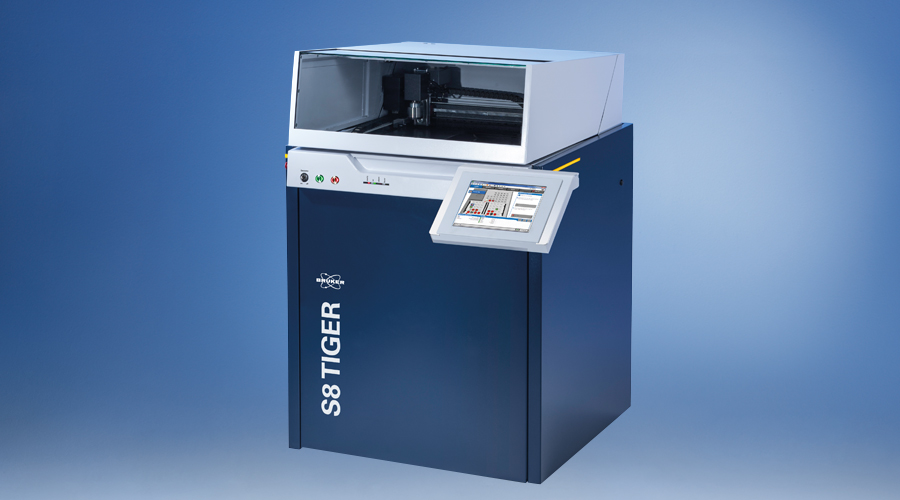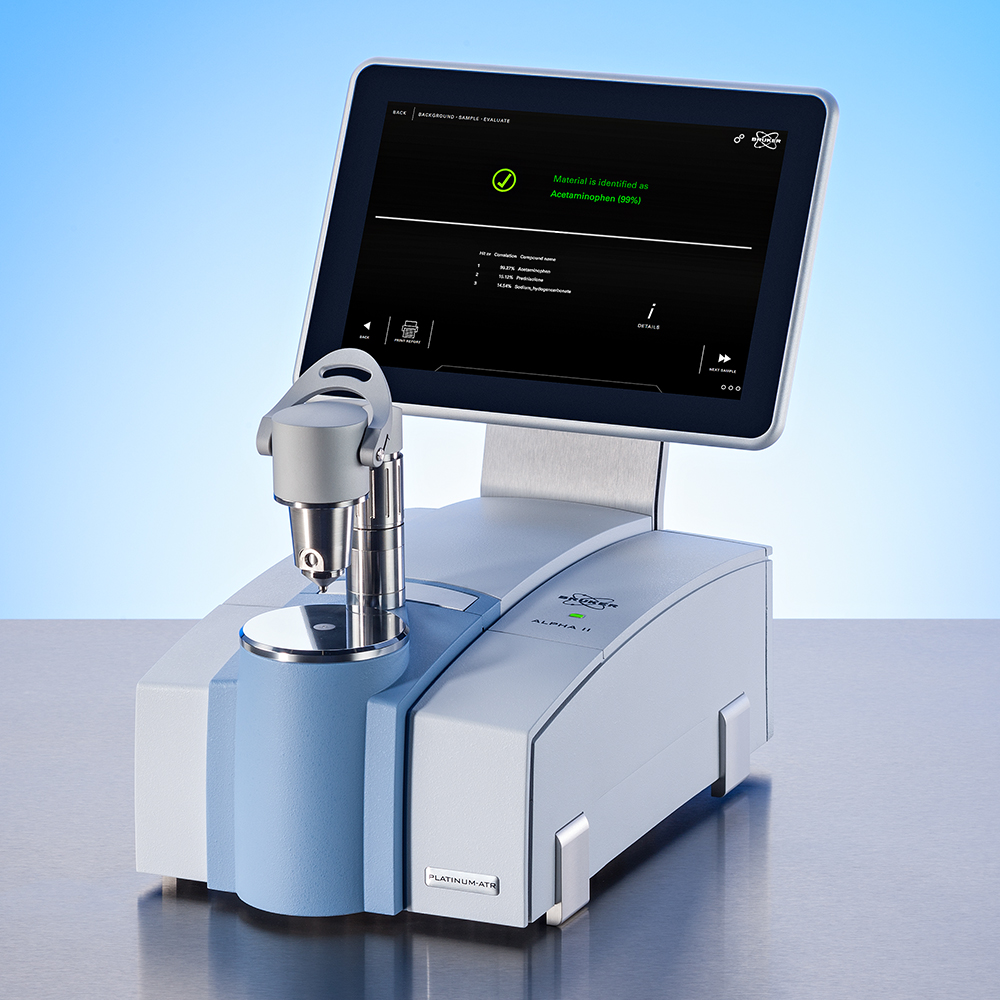

Consumer Safety and RoHS
Compliance with RoHS and Detection of Heavy Metals
Governments around the world have restrictions in place to protect their people from illegal or dangerous goods from entering the country. Analytical measurement techniques are readily available to help inspectors determine if imports comply.
XRF is a fast, nondestructive technology for elemental analysis of restricted substances in a variety of materials. Bruker’s Elemental Analyzer portfolio includes high-throughput lab-based ED-XRF and WD-XRF, point-and-shoot handheld XRF, micro-XRF, and total reflection XRF (TXRF) spectrometers.
Micro-XRF can map the density distribution of restricted elements in materials to have a better understanding of where they reside in a product.
TXRF provides the sensitivity of ICP-OES and AAS for elemental analysis at very low concentration levels without needing external calibrations or high maintenance costs. TXRF elemental analysis is a significantly faster and “greener” method than ICP.
Portable XRF is ideal for screening any material for dangerous levels of elemental restricted substances. Objects in all forms– liquids, solids, cores, powders, creams – can be analyzed wherever they are located. It is commonly used for screening small pieces, such as electronic components, trinkets, and jewelry as well as large samples which cannot be moved to a lab, such as furniture.
PFAS Detection
Countless studies are investigating the impact of PFAS (polyfluorinated alkyl substances) on health and the environment, leading to new regulations aimed at controlling these persistent chemicals. Advanced analytical techniques are available to detect and monitor PFAS in various products and ecosystems.
ATR-FTIR spectroscopy is a powerful tool for identifying pure substances and mixtures with concentrations in the upper percentage range, making it ideal for screening materials for regulated substances. While not suited for trace analysis, it offers a practical solution for on-site testing.
With >2,000 well-documented spectra of regulated substances like polycyclic aromatic hydrocarbons (PAHs), per- and polyfluoroalkyl substances (PFAS), heavy metal compounds (nickel, chromium, cadmium, cobalt, lead, mercury), phthalates, aromatic amines, asbestos fibers, brominated flame retardants (BFR), our Regulated Substances ATR-FTIR Database ensures reliable identification across a range of applications.
Webinars & Videos
Testing for Lead in Children's Jewelry
Bruker provides two portable XRF analyzers for fast, straightforward, and nondestructive testing of jewelry for dangerous levels of lead.
Checking PFAS Presence and Use
Watch how FT-IR spectroscopy checks different products for the presence of Polyfluorinated Alkyl Substances in less than a minute






